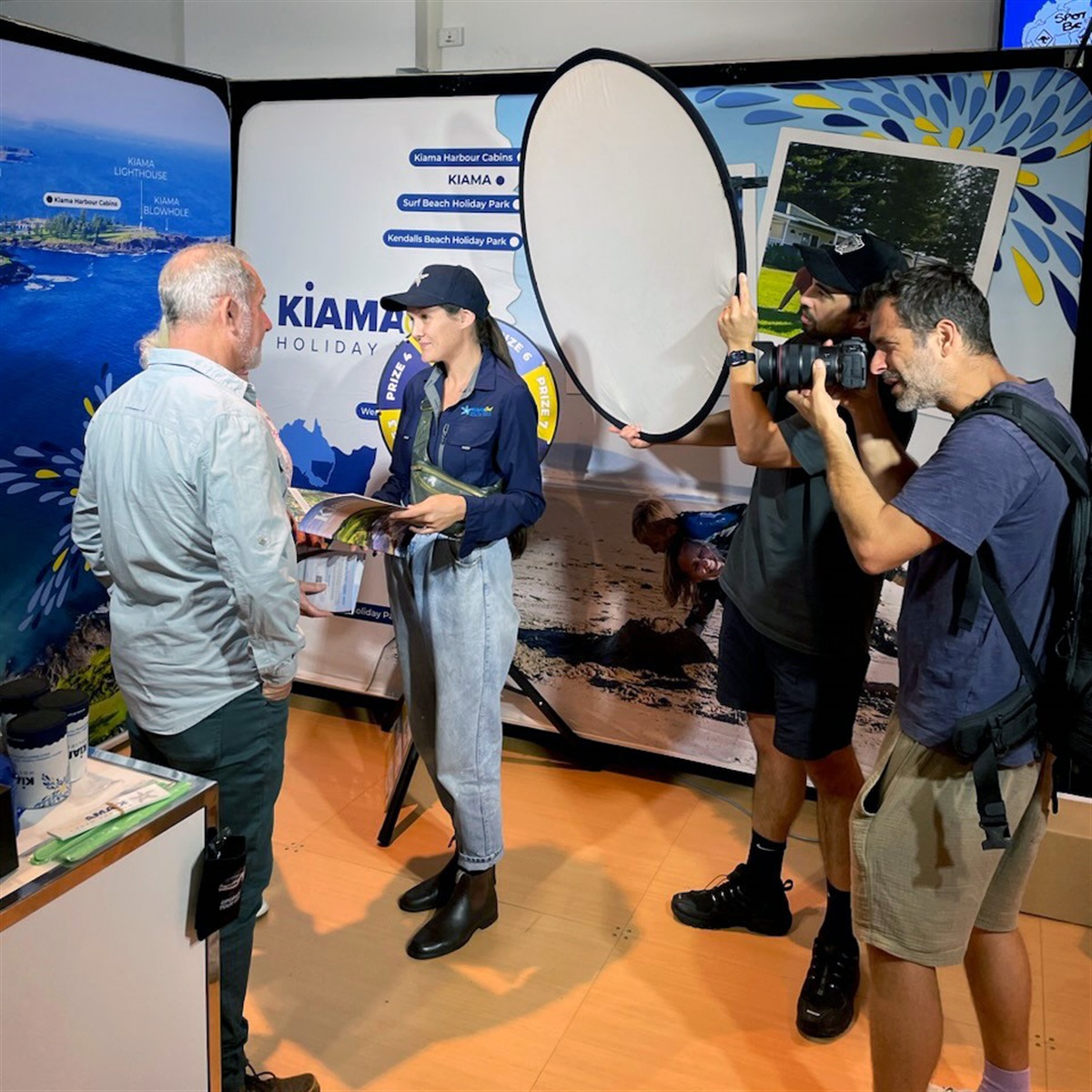§ Airlines continue their campaign to entrench less competition and choice for passengers
More than $20 billion of new investment in Australian airports is at risk as airlines continue their campaign to add more red tape and regulation to the aviation sector.
Domestic airlines will use a National Press Club event to repeat their discredited call for regulatory change that isn’t needed, won’t work, will decrease competition and leave passengers with less choice.
Australian Airports Association (AAA) Chief Executive Officer Caroline Wilkie said the airline campaign was about self-interest, not the interests of passengers, tourism or the Australian economy.
“This isn’t the first time we’ve seen this; Qantas was down in Canberra in 2014 asking for a handout from the Government and since then they’ve made $6 billion in profit. In the last year alone, Qantas made more profit than the four major Australian airports combined.” Ms Wilkie said.
“Qantas and Virgin want to squeeze competition out of the market to entrench the domestic duopoly and they know that’s exactly what will happen if they turn the screws on airport investment.”
Major airport CEOs have warned against changing a system that has delivered a better deal for passengers and unlocked billions of dollars in private investment.
Sydney Airport Chief Executive Officer Geoff Culbert said, “The current system is working – Qantas is delivering record profits, airports are investing heavily, and customers have more choice than ever before.
“Sydney Airport invests more than a million dollars a day to expand the capacity of the airport and improve services – we don’t need further red tape and regulation which will put that at risk.”
Melbourne Airport Chief Executive Officer Lyell Strambi said, “Under the existing regulatory settings we have reached agreement with all 47 airlines operating out of Melbourne and concluded a new ten-year deal with Qantas for Terminal 1.
“Our new agreement includes a Capital Consultation Group, annual price resets should capital investment fall short of plan, a quality forum and rebates where we fail to meet service levels.
“Where is the case for additional regulation when the existing dispute mechanisms are hardly ever used? It would give the whip hand to incumbent airlines, allowing them to delay investment and reduce competition. That’s no good for the traveller, no good for jobs and no good for tourism.”
Brisbane Airport Chief Executive Officer Gert-Jan de Graaff said, “Under the regime proposed by the airlines Brisbane Airport’s $1.3 billion runway would, in my view, still be on the drawing board rather than getting ready to open in 2020 and the $1.3 billion currently being spent into the Australian economy to build it, would still be in the bank.
“The sort of red tape being proposed by the airlines and the ACCC does not serve the interests of the flying public, who want the new services and new opportunities that airport growth creates. It would only serve the interests of the two domestic airlines who profit from airport capacity constraints.”
Perth Airport Chief Executive Officer Kevin Brown said, “We need to grow tourism into WA by attracting more international carriers and more direct international routes.
“Perth Airport’s $2.5billion investment plan has a strong focus on a quality passenger experience and on building capacity and efficiency for all airlines. Under the A4ANZ model, individual airlines would have incentives to protect their own position and use the arbitration process to hold up the sort of investments we need to make to increase airport capacity and competition between airlines.”
Ms Wilkie said changes to the current system would represent a shift from a system that has benefited passengers, the tourism industry and the economy as a whole to an approach that will only serve to increase airline profits.
She said it would risk planned airport investment to support the creation of new flights and destinations for Australian passengers.
“Australia’s airports are well advanced to deliver on plans to invest around $20 billion dollars in new terminals and new runways which will provide passengers with more choice, more competition and lower prices,” Ms Wilkie said.
“It will also create jobs, boost tourism and help build our national economy.
“The independent economic experts at the Productivity Commission have sent a clear warning that the changes proposed by the airlines will have a ‘chilling effect’ on that investment.
“With our Government calling on the private sector to invest and grow, now is not the time for domestic airlines to torpedo $20 billion of capacity building investment in our airports.
“The Government has rightly set out on a path to cut regulation to stimulate investment. The domestic airlines want them to increase red tape and regulation and, effectively, kill off investment.”
The National Press Club will host Qantas CEO Alan Joyce and Virgin Australia CEO Paul Scurrah tomorrow, where they are expected to push for a new negotiate arbitrate model for resolving disputes between airports and airlines.
The Productivity Commission confirmed in its draft report in February that a new approach wasn’t needed, and the airline proposal was a “solution in search of a problem”.
The domestic airlines have been unable to say how their proposed framework would even work when dealing with complex, multi-layered negotiations involving terminals and runways used by dozens of airlines.
“Airlines simply can’t tell us how the arbitration framework they’re proposing will work in a complex airport environment,” Ms Wilkie said.
“This cynical cash grab from the airlines only serves to threaten planned investment in the new runways and terminals set to bring a wave of aviation growth to Australia over the next decade.”








